There’s something magical about setting aside your maps and itineraries, turning down an unmarked street, and discovering something utterly unexpected. While planning certainly has its place in travel, some destinations come alive when you abandon your carefully plotted course and simply wander. These places don’t just tolerate exploration—they celebrate it with hidden gems that rarely make it into guidebooks.
Here is a list of 16 destinations where getting deliberately lost might become the highlight of your journey.
Kyoto’s Back Alleys
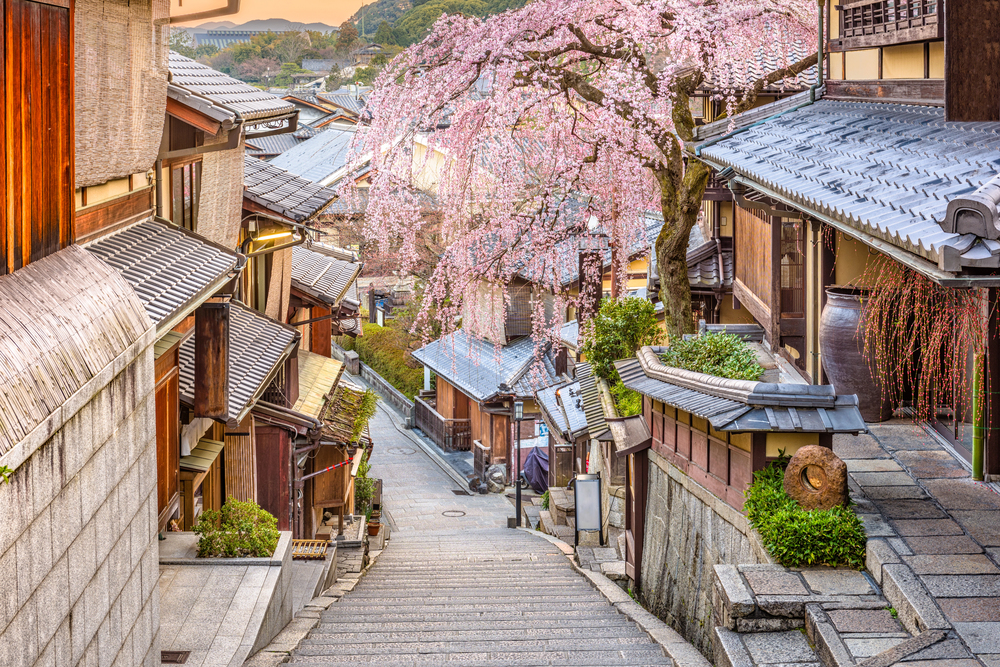
Behind the crowded temples and tourist-filled streets lies a network of narrow alleyways called roji, preserving old Kyoto in all its atmospheric glory. These wandering paths connect traditional wooden machiya houses, small family-owned teahouses, and craft workshops that have operated for generations.
The winding lanes of Gion and Pontocho particularly reward curious travelers who venture away from the main drag. Many local artisans don’t advertise their presence—you’ll simply notice a small wooden sign or perhaps catch the scent of incense or freshly carved wood drifting through a partially open doorway.
Venice’s Outer Districts
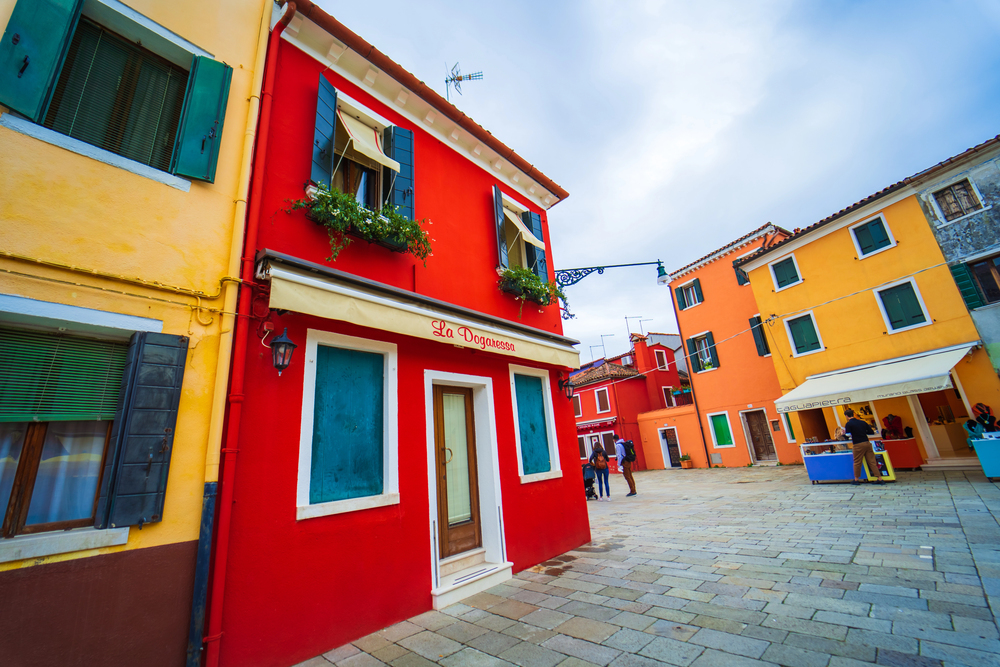
Everyone knows Venice’s main tourist corridor from the train station to St. Mark’s Square, but the city transforms completely just two canals away from these beaten paths. Neighborhoods like Cannaregio and Dorsoduro offer authentic glimpses of Venetian life that many visitors never experience.
Laundry hangs between buildings while locals chat across narrow canals, and small bars serve ridiculously affordable Cicchetti (Venetian tapas) that put tourist-trap restaurants to shame. The island’s labyrinthine design—originally intended to confuse invaders—now serves as the perfect playground for travelers seeking authenticity rather than just another selfie spot.
Like Travel Pug’s content? Follow us on MSN.
Fez Medina, Morocco

With over 9,000 winding lanes compressed into less than a square mile, Fez’s ancient medina practically demands that visitors get lost within its walls. Unlike Marrakech’s more commercialized old city, Fez maintains a raw authenticity that hasn’t changed significantly in centuries.
The tangled web of nameless passageways leads to hidden tanneries, ornate madrasas, and bustling market squares that appear suddenly around blind corners. Local children might guide you back to your riad for a small tip, but the real treasures emerge when you’re completely disoriented—like stumbling upon artisans hammering copper pots using techniques unchanged since medieval times.
Tokyo’s Yokocho Alleys
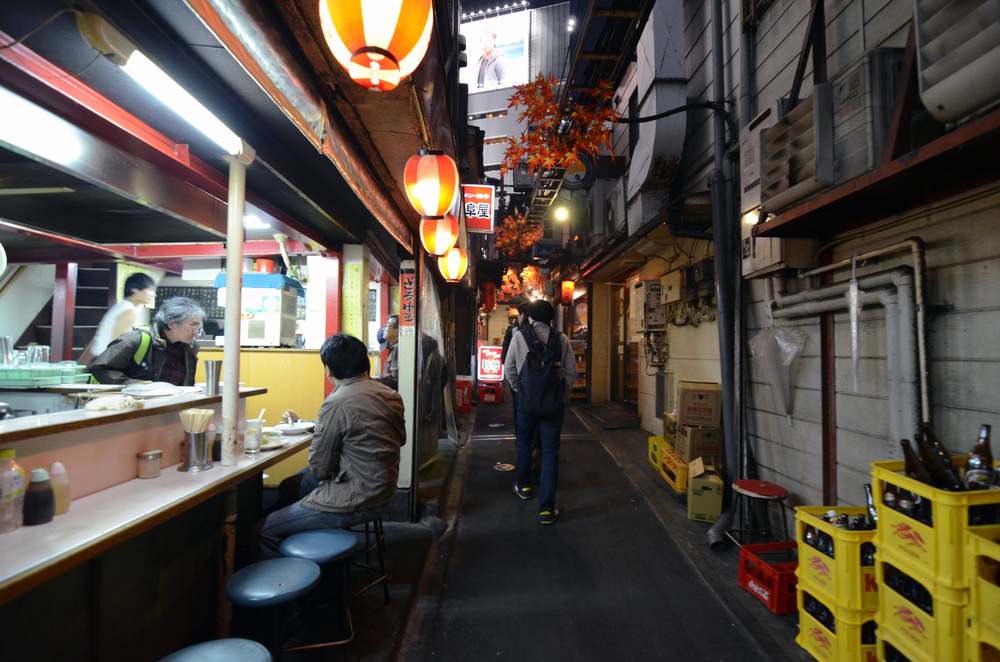
Beneath Tokyo’s sleek, high-tech veneer lies a warren of narrow drinking alleys called yokocho, where tiny establishments with just six or eight seats serve spectacular food and drinks. Places like Shinjuku’s Memory Lane (Omoide Yokocho) and Ebisu’s Harmonica Alley pack dozens of miniature izakayas and yakitori stands into spaces barely wide enough for two people to pass.
These atmospheric spots typically have no English menus and operate on a different rhythm than Tokyo’s main streets. The intimate settings often lead to conversations with locals who might invite you to join their after-work drinks or recommend their favorite hidden spot just around the corner.
Chefchaouen, Morocco
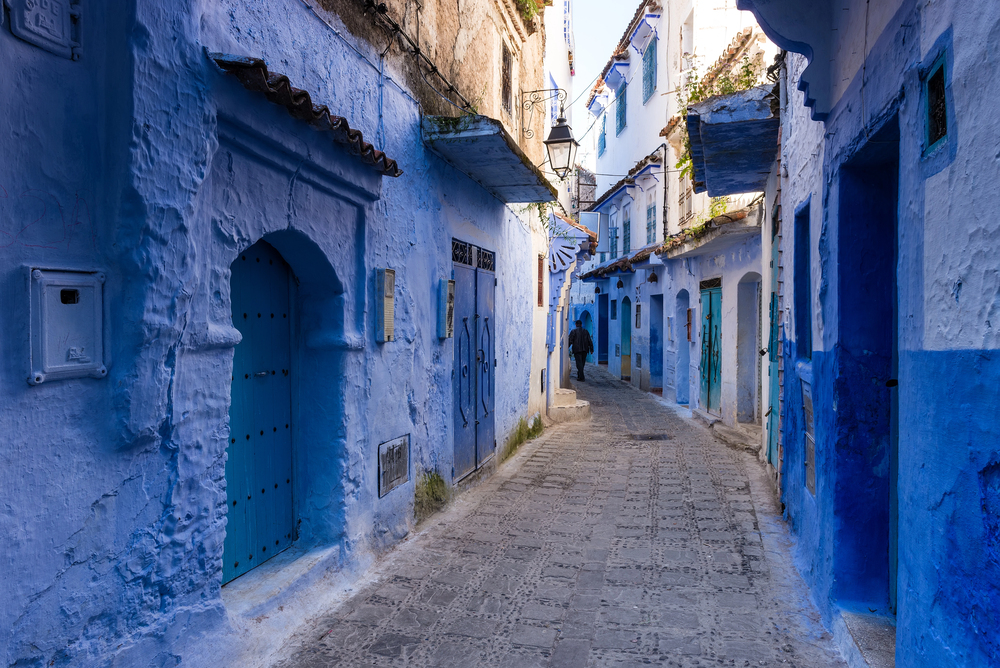
The famous blue city in Morocco’s Rif Mountains features a medina that seems designed specifically for aimless wandering. Every twist and turn reveals new shades of azure and cobalt washing over doorways, stairs, and entire building facades.
The compact size means you can never truly get dangerously lost, yet the winding paths frequently lead to unexpected viewpoints over the surrounding mountains or quiet courtyards where artisans dye wool and weave traditional Berber textiles. The blue maze creates a dreamy, otherworldly atmosphere that changes dramatically with the shifting sunlight throughout the day.
Like Travel Pug’s content? Follow us on MSN.
Stone Town, Zanzibar

The historic center of Zanzibar City presents a fascinating architectural fusion of Swahili, Arab, Persian, Indian, and European influences created over centuries of maritime trade. Its unmarked alleys wind between buildings adorned with intricately carved wooden doors—each telling a story about the original owner’s wealth, religion, and trade connections.
Impromptu spice markets materialize in small squares while the sound of taarab music floats from hidden courtyards. The cultural mélange extends to secret restaurants serving Zanzibari specialties like octopus curry and date bread in converted merchant houses that you’d never find without a wrong turn or two.
La Paz, Bolivia
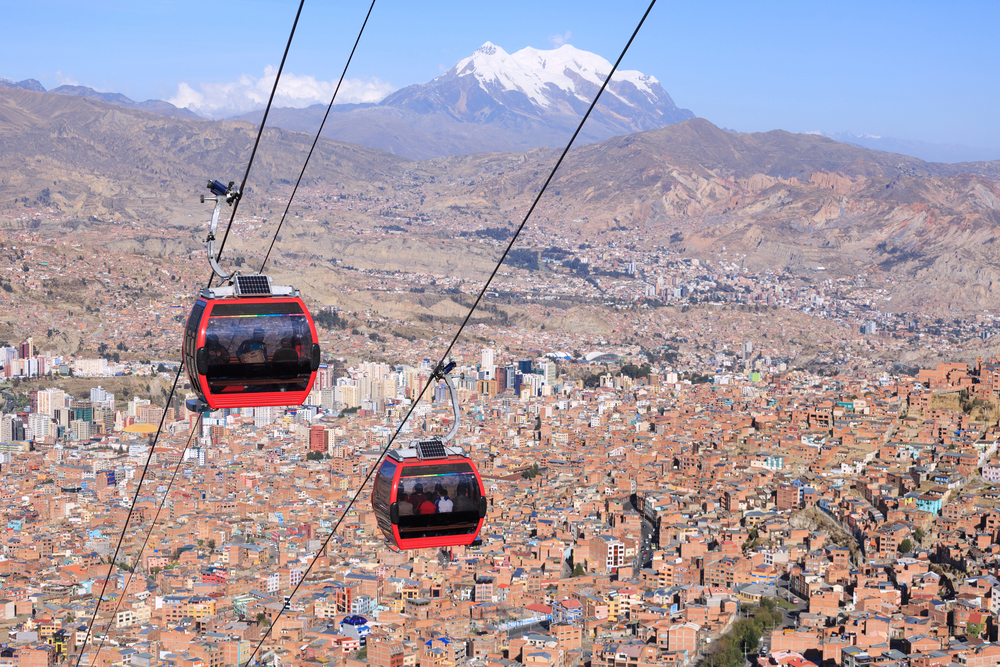
Bolivia’s administrative capital spreads across a massive canyon, with neighborhoods climbing up incredibly steep hillsides. This vertical layout creates a three-dimensional maze where a seemingly wrong turn might lead to spectacular viewpoints across the sprawling city to the snow-capped Illimani mountain looming in the distance.
The indigenous Aymara culture remains vibrant throughout the warren-like residential areas and markets, particularly in the witches’ market, where traditional healers sell mysterious remedies and offerings. Even getting lost on purpose here provides a workout—the thin air at 12,000 feet elevation adds an extra challenge to exploration.
George Town, Malaysia
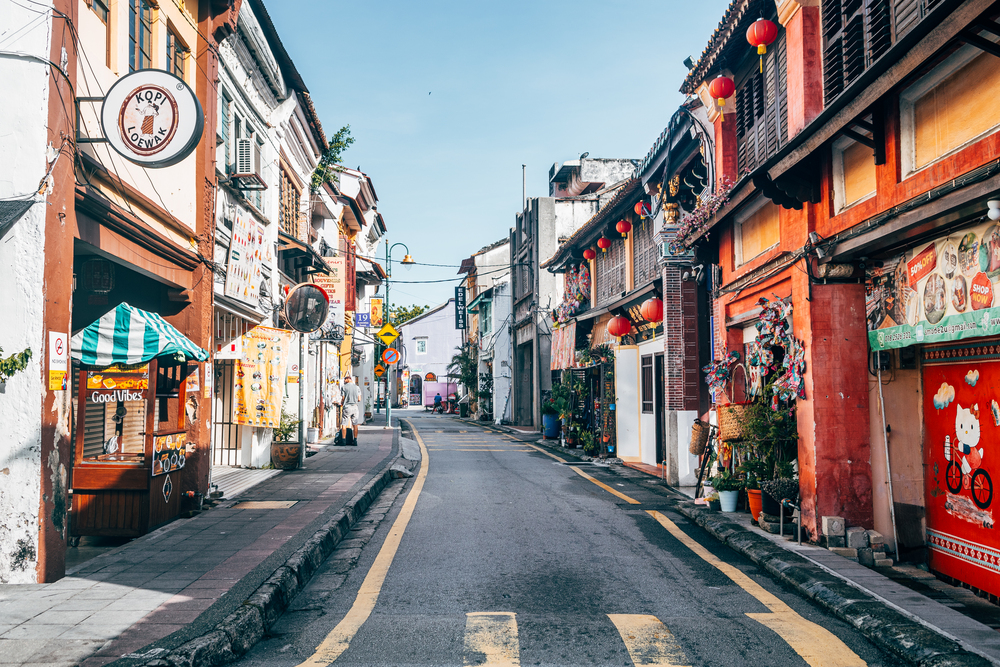
The UNESCO-protected core of Penang’s capital hides cultural treasures around every corner of its compact grid. Chinese clan houses sit alongside Indian temples and Muslim mosques, while colonial-era shops house traditional craftspeople practicing nearly forgotten trades.
The area’s famous street art often points the way to local specialties—a mural of children on a bicycle might lead you to the city’s best char kway teow noodles served from a cart that’s been in the same spot for decades. Heritage buildings have been creatively repurposed as boutique cafés and galleries, making each wandering session a treasure hunt through Malaysia’s multicultural history.
Like Travel Pug’s content? Follow us on MSN.
Old Delhi, India
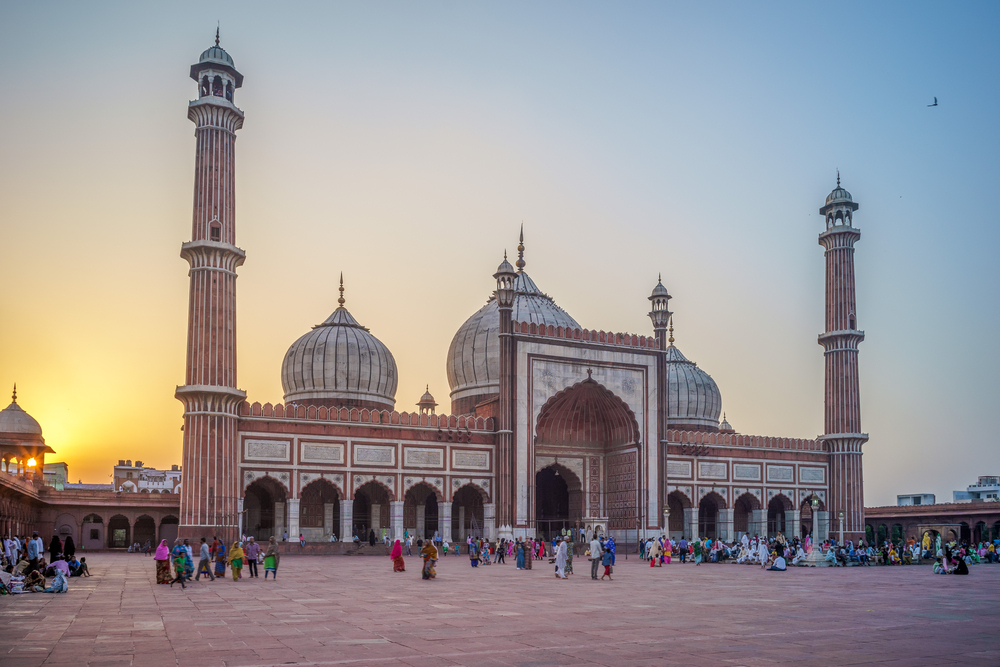
The chaotic heart of India’s capital rewards intrepid explorers with sensory overload in the best possible way. Stepping away from the main bazaars of Chandni Chowk into the surrounding galis (narrow lanes) transports you centuries back in time. Tiny workshops produce everything from wedding garlands to intricate metal tools, while centuries-old havelis (mansions) hide behind modest facades.
The tangled electrical wires overhead mark paths through neighborhoods specializing in specific trades—paper merchants, jewelers, or spice dealers clustered together as they have been for generations. The labyrinth becomes especially magical during religious festivals when the hidden residential areas erupt with lights and celebrations.
Lisbon’s Alfama District
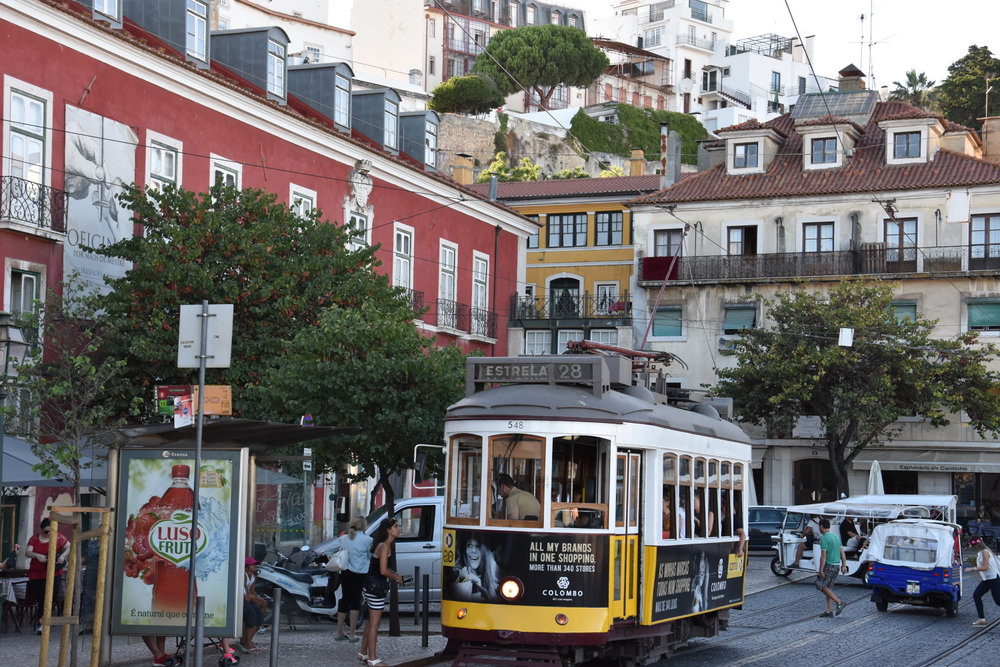
Predating even the Romans, this ancient hillside neighborhood survived the devastating 1755 earthquake that destroyed much of Lisbon. Its medieval street pattern follows no logical design—narrow staircases lead between tightly packed houses, where neighbors still gossip across balconies hung with drying laundry.
Small squares appear unexpectedly, sometimes containing only a simple fountain or perhaps a tiny restaurant serving traditional caldo verde soup and grilled sardines. The district comes alive during June’s Santo António festival, when impromptu fado performances echo from doorways, and the scent of grilled sardines fills the air.
Valparaíso, Chile
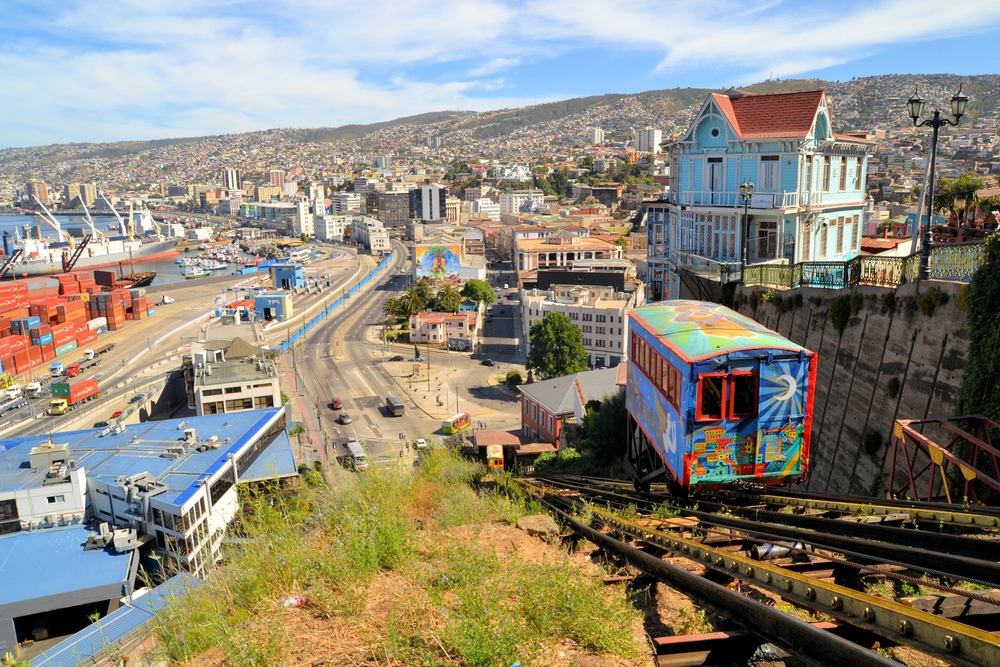
This colorful port city climbs up dozens of steep hills (cerros) from the Pacific with a chaotic urban plan that makes conventional maps nearly useless. A network of funiculars and outdoor staircases connects different elevations, making exploration a three-dimensional adventure.
The city embraced street art decades before it became trendy elsewhere, transforming entire neighborhoods into open-air galleries where murals comment on Chilean society and politics. Hidden plazas offer panoramic ocean views, while century-old bohemian bars serve pisco sours in spaces where Chile’s greatest poets once debated literature and revolution.
Like Travel Pug’s content? Follow us on MSN.
Luang Prabang’s Temple Gardens
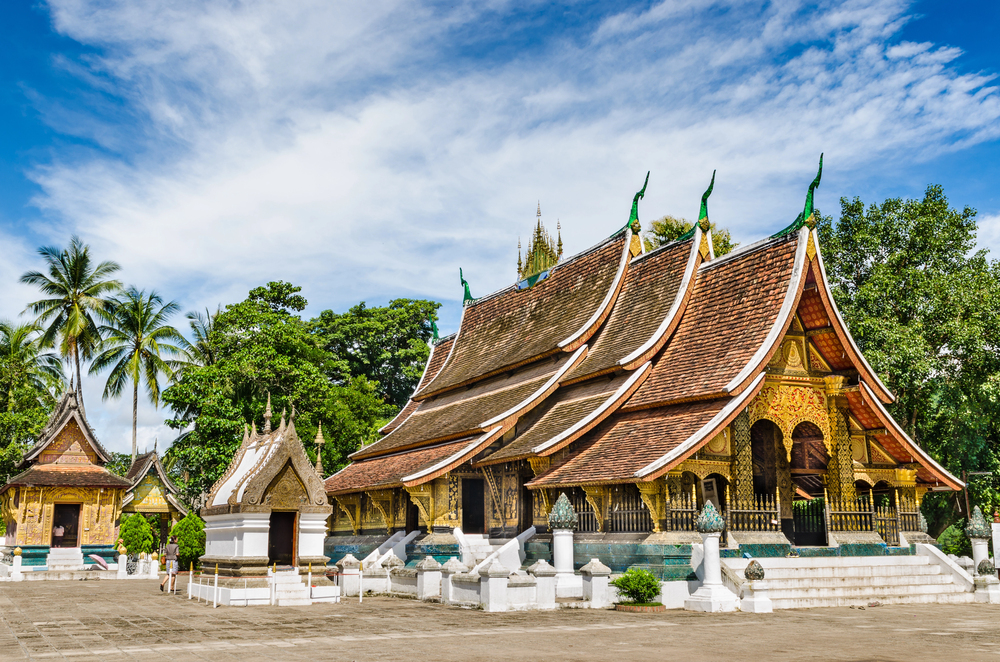
While Laos’s ancient royal capital certainly has its share of well-documented attractions, the spaces between the famous temples contain quiet gardens and pathways where monks still go about daily routines largely unchanged for centuries. Early morning explorations might lead to hidden shrines where locals make offerings before work, or peaceful riverside paths connecting smaller wats (temples) overlooked by group tours.
The peninsula formed by the Mekong and Nam Khan rivers creates natural boundaries that make it impossible to get truly lost, while ensuring plenty of atmospheric detours through neighborhoods where traditional wooden houses stand alongside French colonial villas.
Lijiang Ancient Town, China
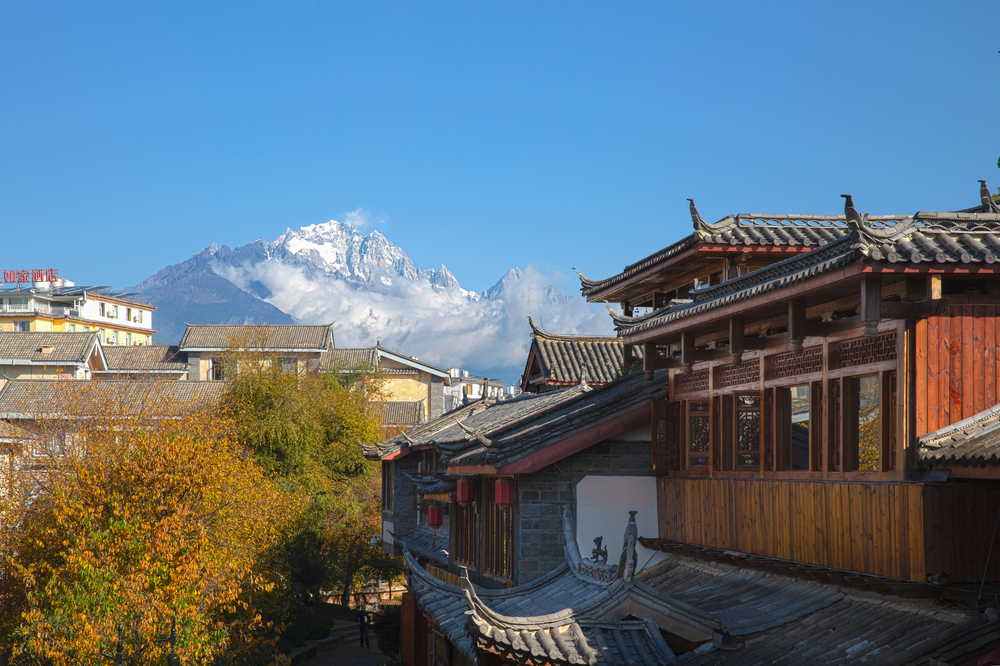
Though increasingly popular with domestic tourists, this UNESCO site in Yunnan Province becomes a different place entirely after taking just a few turns away from the main thoroughfares. The Naxi minority culture remains vibrant in the quieter residential sections, where locals still use the ingenious water system that brings mountain streams directly past their front doors.
Getting lost means finding yourself in tranquil courtyards where elders play traditional instruments, or standing on small bridges as the mist rolls in from the surrounding mountains at dusk. The town’s unique architecture—a blend of Han Chinese design with local adaptations—creates endlessly photogenic vignettes around each corner.
Antigua’s Colonial Backstreets
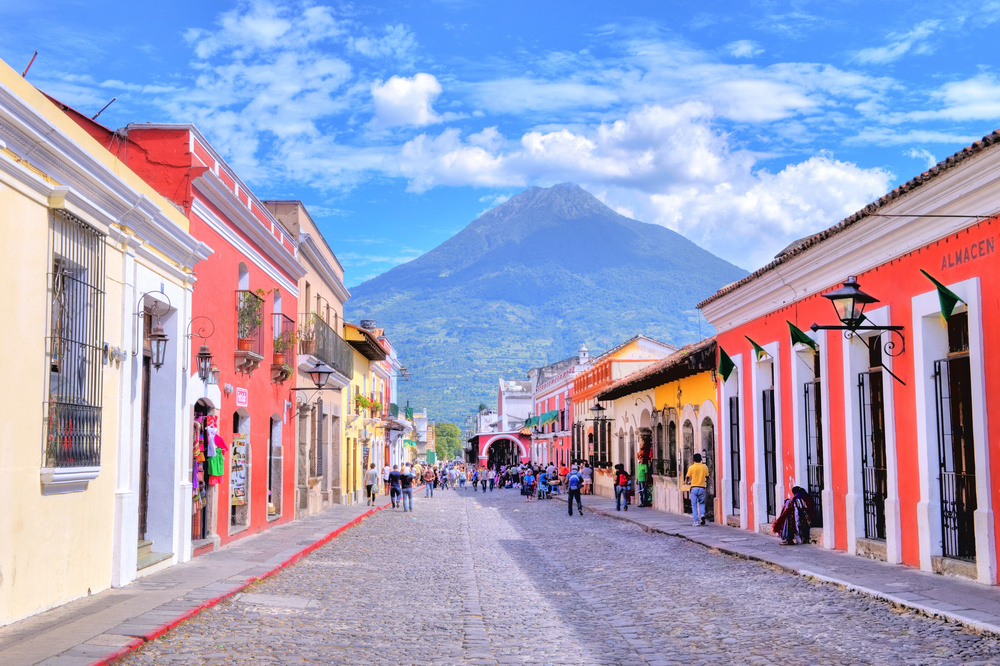
Guatemala’s former capital spreads beneath three volcanoes with cobblestone streets laid out in a rough grid that subtly shifts and curves. The well-preserved Spanish colonial architecture includes hundreds of ruins from the 1773 earthquake, many hiding behind unassuming walls.
Wandering without direction might lead to overgrown courtyards where crumbling arches frame perfect volcano views or small workshops where artisans create traditional textiles and handicrafts. The city’s organized chaos extends to its color scheme—buildings painted in bold yellows, blues, and terracottas create constantly changing vistas as clouds cast shadows across facades throughout the day.
Like Travel Pug’s content? Follow us on MSN.
Porto’s Ribeira District
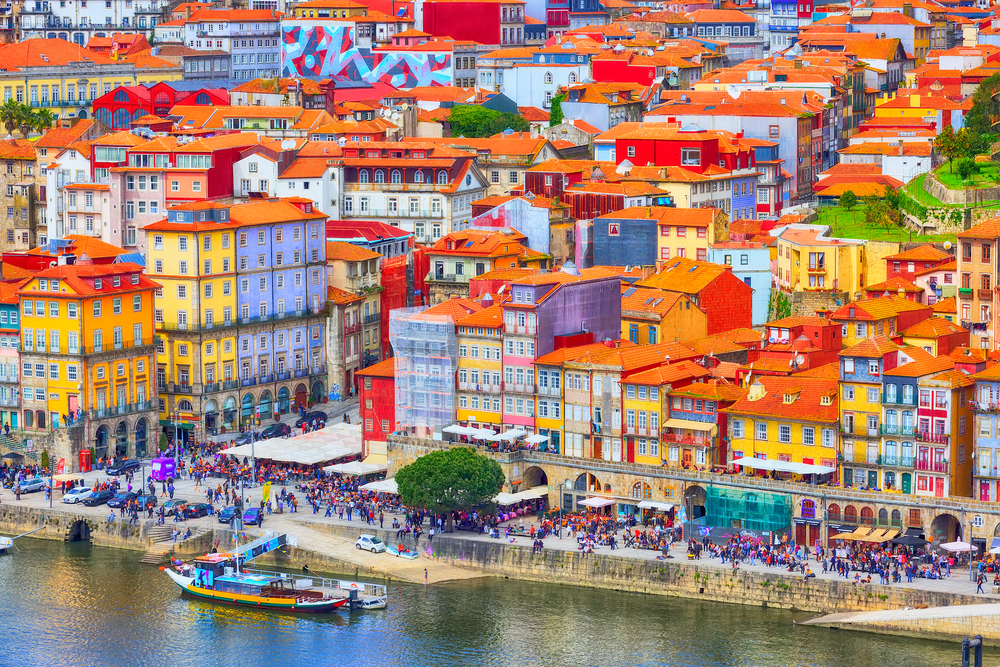
The ancient heart of Portugal’s northern city descends toward the Douro River in a jumble of medieval alleyways barely wide enough for two people to pass. Laundry hangs from iron balconies while neighbors shout conversations across the narrow gaps between buildings.
Getting deliberately lost means discovering tiny traditional tascas (taverns) serving tripe stew and port wine in spaces that haven’t changed in centuries. The district becomes particularly magical in the early evening when golden light reflects off the river and filters through the dense urban fabric, illuminating weathered stone steps that lead to viewpoints overlooking the port wine cellars across the water.
The Hutongs of Beijing
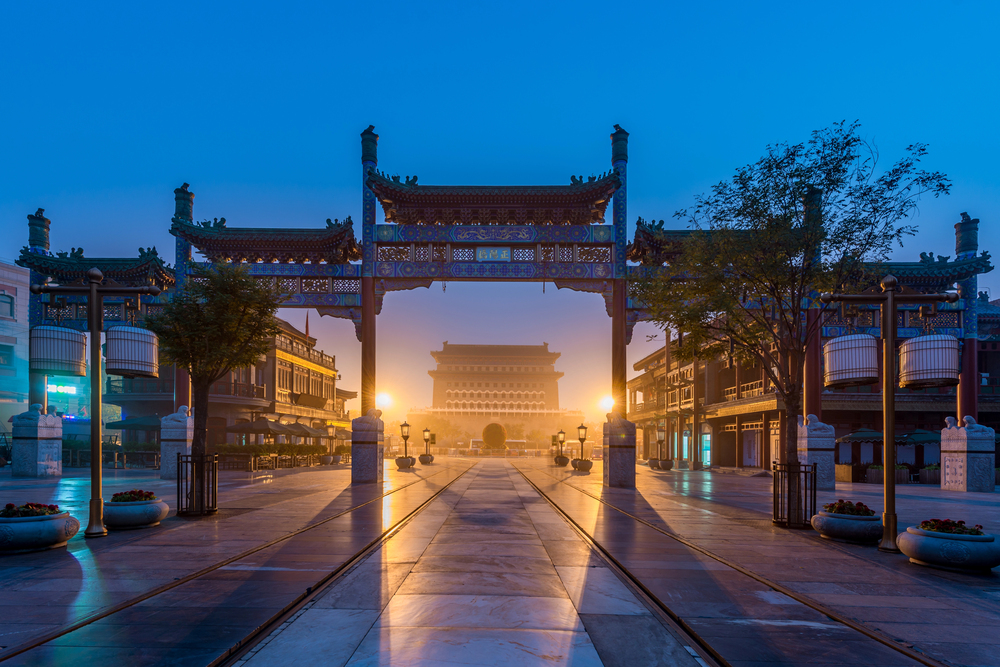
Despite rapid modernization, pockets of old Beijing survive in the form of hutongs—ancient alleyways lined with traditional courtyard houses. While the most famous have become tourist attractions, countless others remain residential areas where local life continues behind gray brick walls and red doors.
Wandering without purpose might reveal elderly residents playing mahjong in small parks, traditional dumpling makers supplying neighborhood families for generations, or tiny temples tucked between modern buildings. The gridlike structure makes it relatively easy to reorient yourself, while the human scale of these neighborhoods provides a welcome contrast to Beijing’s monumental official architecture.
Finding Your Way Back

These destinations remind us that sometimes the best travel experiences come not from checking items off a bucket list but from the unexpected discoveries made when plans are abandoned. The joy of getting lost lies not just in what you find but in the heightened awareness that comes from navigating by instinct rather than instructions.
While technology makes it nearly impossible to stay truly lost for long, these places offer rare opportunities to temporarily disconnect from digital guidance and experience surroundings with all your senses engaged. Perhaps the real reward isn’t just what you discover while wandering but who you become in the process—a more patient, observant, and adaptable traveler ready for whatever lies around the next unexplored corner.
Like Travel Pug’s content? Follow us on MSN.
More from Travel Pug

- Cities Growing so Fast You Won’t Recognize Them in 10 Years
- 13 Destinations Where Tourists Regularly Regret Their Trip
- 16 U.S. Cities That Are Quietly Becoming Travel Hotspots
- Where to Travel If You Love Long Bus Rides and Daydreams
- 20 Cities Perfect for Solo Travelers Who Crave Adventure & Culture
Like Travel Pug’s content? Follow us on MSN.
